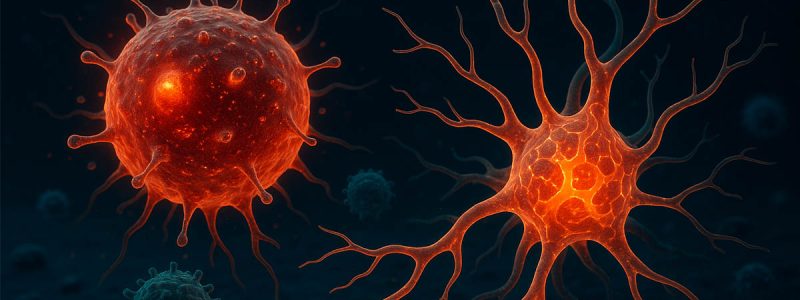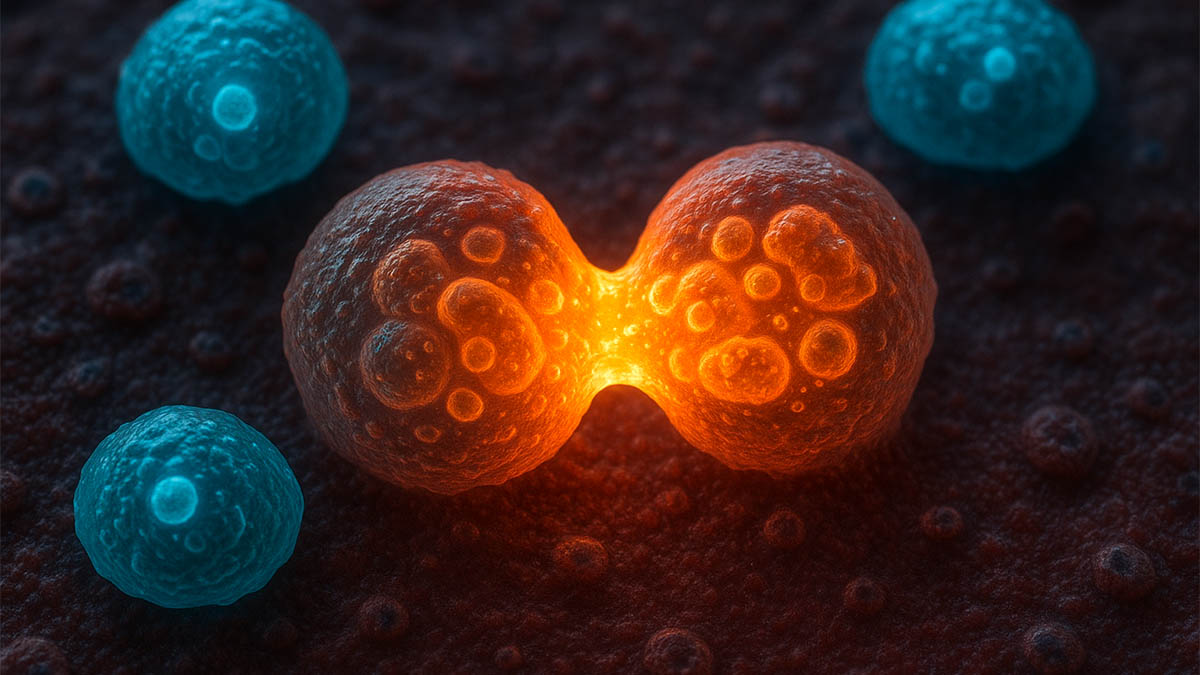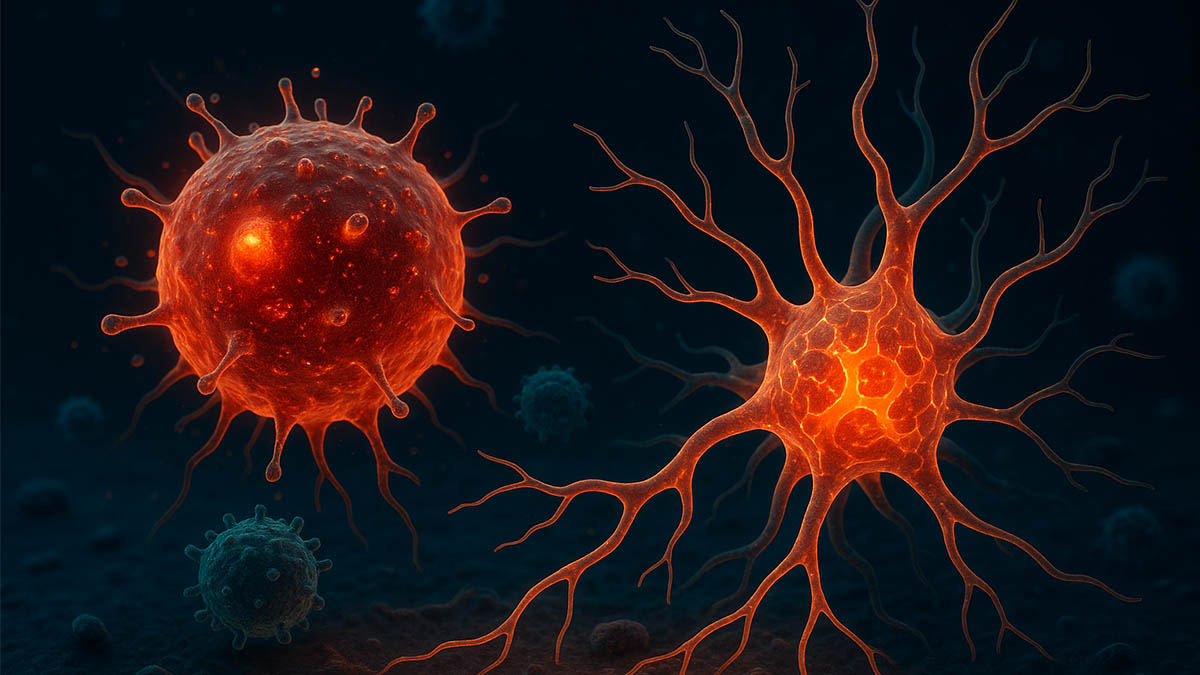Hair loss affects millions of people globally, prompting demand for effective and long-lasting solutions. Traditional hair transplantation redistributes existing hair follicles to restore coverage, providing permanent results when donor hair is healthy. Emerging stem cell hair transplant techniques aim to regenerate hair follicles or enhance existing follicle function, raising the critical question: Is stem cell hair transplant permanent?
This article explores current evidence, procedural nuances, and factors affecting the permanence of stem cell-based hair restoration.
Understanding Stem Cell Hair Transplant
Stem cell hair transplantation involves using regenerative cells to either stimulate dormant follicles or create new follicular units. The most commonly studied cells are:
- Mesenchymal Stem Cells (MSCs): Anti-inflammatory and regenerative properties; sourced from adipose tissue, bone marrow, or umbilical cord
- Induced Pluripotent Stem Cells (iPSCs): Adult cells reprogrammed to a pluripotent state; experimental in hair regeneration
- Autologous vs Allogeneic Sources: Autologous cells reduce immune rejection risk, while allogeneic cells may require additional safety screening
The procedure can be delivered as:
- Standalone regenerative therapy targeting follicle stimulation
- Adjunct therapy combined with conventional FUE or FUT for enhanced graft survival
Mechanisms of Hair Regrowth
The potential permanence of a stem cell hair transplant depends on the following mechanisms:
- Follicle Neogenesis: Generation of new follicular units from stem cells, which may provide long-term growth if engrafted successfully
- Follicle Stimulation: Activation of dormant hair follicles in thinning areas, enhancing density
- Paracrine Effects: Release of growth factors and cytokines that promote hair growth and improve scalp environment
Clinical studies suggest that follicle stimulation can lead to observable regrowth, but new follicle formation is still experimental and may not guarantee permanent coverage in all patients.
Comparison with Traditional Hair Transplant
| Feature | Traditional Hair Transplant | Stem Cell Hair Transplant |
|---|---|---|
| Mechanism | Redistributes existing follicles | Stimulates or generates follicles |
| Immediate Results | Yes, visible growth within months | Gradual regrowth over months |
| Longevity | Permanent if donor follicles are viable | Variable; ongoing studies |
| Suitability | Sufficient donor hair | Early thinning, experimental for regeneration |
| Regulatory Status | FDA-approved standard | Experimental, limited approval |
Traditional transplantation remains the gold standard for permanence, whereas stem cell therapies offer potential but currently less predictable long-term results.
Factors Affecting Permanence
Several variables influence whether a stem cell hair transplant is permanent:
- Patient Age and Hair Loss Pattern: Younger patients with progressive alopecia may require additional treatments as hair loss continues
- Cell Source and Quality: Autologous MSCs show higher engraftment and lower rejection rates
- Delivery Technique: Precision implantation, cell concentration, and site preparation affect survival and long-term growth
- Adjunctive Therapies: Combining with PRP or traditional transplantation may improve permanence
- Genetic and Hormonal Factors: Dihydrotestosterone (DHT) sensitivity and scalp environment impact outcomes
Cost Considerations
Stem cell hair transplantation is currently more costly than conventional procedures:
| Procedure | Typical Cost (USD) | Notes |
|---|---|---|
| Autologous MSC hair therapy | $10,000–$25,000 | May require multiple sessions |
| Allogeneic MSC therapy | $15,000–$30,000 | Additional safety protocols increase cost |
| Combined stem cell + FUE | $12,000–$28,000 | Enhanced follicle survival |
Cost reflects cell processing, specialized facilities, clinical expertise, and potential repeat sessions.
Clinical Evidence
- Early-phase studies demonstrate improved hair density and thickness in some patients.
- Follicular neogenesis remains under investigation; results vary by patient age, scalp condition, and degree of hair loss.
- Long-term data on permanence is limited, with ongoing trials assessing hair retention beyond 12–24 months.
Researchers emphasize that stem cell hair transplants may complement traditional methods rather than fully replace them for guaranteed permanence.
Recovery and Timeline
- Mild redness and swelling may occur post-procedure
- Initial shedding is common in the first 2–4 weeks
- Visible regrowth typically begins around 3–6 months
- Full results may take 12–18 months, depending on patient factors and technique
Unlike traditional hair transplants, stem cell treatments require patient follow-up and monitoring to assess follicle activity and long-term survival.
Risks and Complications
Potential risks include:
- Local inflammation or infection at the injection site
- Temporary shedding of existing hair (shock loss)
- Limited predictability of hair retention
- Immune reactions for allogeneic treatments
Selecting accredited clinics and experienced clinicians is essential to minimize risks.
Integration with Traditional Hair Transplants
Hybrid approaches are emerging:
- Performing FUE for immediate coverage
- Administering stem cells to improve follicle survival and stimulate dormant follicles
- PRP adjunct therapy to enhance outcomes
This combination may improve both immediate density and long-term hair health.
Medical Tourism Considerations
Many patients travel to Tijuana or other Mexican hubs for stem cell hair therapy due to:
- Lower costs compared to U.S. clinics
- Experienced clinicians specializing in regenerative medicine
- Concierge services for international patients
- Telemedicine follow-up for continuity of care
These factors make treatment accessible and safe for U.S. patients seeking advanced hair restoration options.
Is stem cell hair transplant permanent?
Results vary. Traditional transplantation provides permanent coverage if donor hair is viable. Stem cell therapies can stimulate dormant follicles and potentially generate new ones, but long-term permanence is still under research. Hybrid approaches may improve longevity.
Future Directions
- Exosome therapies for targeted follicle stimulation
- Bioengineered follicle implantation
- Gene editing (CRISPR) to enhance follicle regenerative capacity
- AI-driven predictive modeling for personalized hair restoration planning
Emerging research may eventually increase the predictability and permanence of stem cell-based hair restoration.
Is stem cell hair transplant permanent? Current evidence suggests:
- Traditional hair transplantation remains the most reliable option for permanent hair restoration
- Stem cell therapy shows promise for regenerating follicles and improving scalp health
- Combined strategies may provide optimal results, balancing immediate coverage and long-term regeneration
- Ongoing clinical trials will clarify the long-term permanence of stem cell treatments
Patients should consult accredited clinics, understand the limitations and potential of stem cell therapy, and consider hybrid approaches for durable outcomes.
Stem cell hair transplant permanence depends on patient factors, cell quality, and procedural technique. While traditional transplantation guarantees long-term coverage, stem cell therapy offers regenerative potential. Combining methods, including FUE and PRP, may enhance both immediate results and long-term hair retention.


